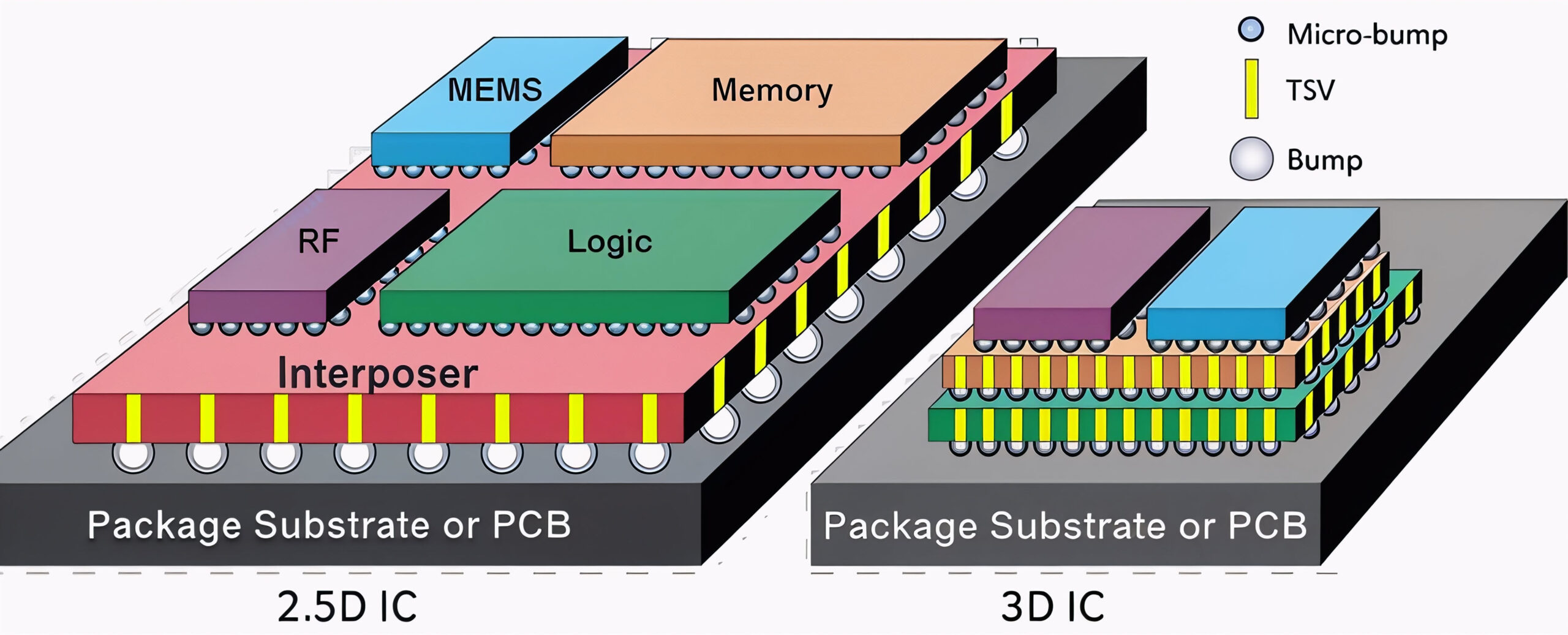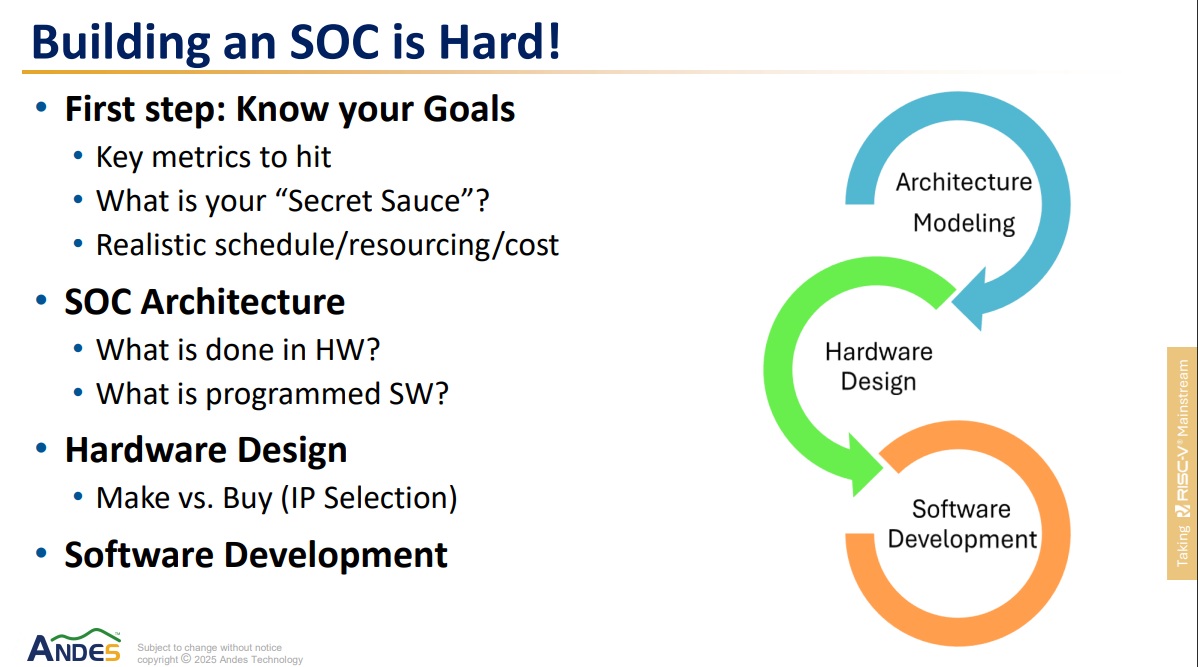Next week there is a live seminar at the famed Computer Museum in Silicon Valley that you won’t want to miss. If you haven’t been to the Computer Museum here is what you are missing:… Read More
 Cost, Cycle Time, and Carbon aware TCAD Development of new TechnologiesOur good friend Scotten Jones wrote a paper…Read More
Cost, Cycle Time, and Carbon aware TCAD Development of new TechnologiesOur good friend Scotten Jones wrote a paper…Read More 3D ESD verification: Tackling new challenges in advanced IC designBy Dina Medhat Three key takeaways 3D ICs…Read More
3D ESD verification: Tackling new challenges in advanced IC designBy Dina Medhat Three key takeaways 3D ICs…Read More Reimagining Architectural Exploration in the Age of AIThis is not about architecting a full SoC…Read More
Reimagining Architectural Exploration in the Age of AIThis is not about architecting a full SoC…Read MoreA Brief History of Defacto Technologies
In early 2000s, semiconductor design at RTL level was gaining momentum. The idea was to process more design steps such as insertion of test and other design structures upfront at the RTL level. The design optimization and verification were to be done at the RTL level to reduce long iterations through gate level design because changes… Read More
The Next Big Thing for Tech in 2020
Gartner estimates that by 2020, there will be some 30 billion connected devices. IDC is even more bullish and expects there to be about 200 billion connected devices by 2021.
Around the world, city, state and federal governments, as well as other public-sector organizations, are leading the way in bringing the Internet of Everything… Read More
Waze Stealing the Keys to Your City!
Waze’s Connected Citizens program continues to get a lot of positive attention for its partnerships with cities and states around the world. The program provides free access to Waze traffic and crowd-sourced data in exchange for information about road closures and traffic incidents.… Read More
Google’s New Nexus 5X Features One Major Overlooked Wireless Upgrade
In the world of smartphones there is a never ending list of specifications that are constantly considered by consumers when buying them. No line of phones is more scrutinized for its specs than the Google Nexus line of smartphones. This is primarily because the people looking to buy Nexus phones are already Android enthusiasts … Read More
OCF shows there may be hope for IoT consortia yet
The recent launch of the Open Connectivity Foundation (OCF) was met first with a wave of “oh good, another IoT consortium”, then “phew, it’s just a rebrand of the OIC”, followed by a bit of confusion over why a few AllSeen Alliance players and some other names jumped in. Is it just a marketing ploy, or is there more to this?… Read More
The Age of Automotive Electronics
One of Intel’s most advanced fabrication sites is called Ronler Acres, located in Hillsboro, Oregon and I jumped at the opportunity to visit this site on April 26th when members from the SEMI Pacific Northwest Chapter are meeting to discuss a timely topic, “The Age of Automotive Electronics”. The previous … Read More
Healthcare Predictive Analytics Insights from Patents
Predictive analytics analyzes current and historical data to make predictions about future events and trends. The predictions are based on the predictive models that are generated from a machine learning technique that recognizes pattern in the current and historical data.
US20140275807 illustrates the predictive analytics… Read More
Five Reasons to be More Bullish on a 2016 Commercial PC Refresh
Last week’s IDC and Gartner Q4-2015 report on PC sales sent a shock-wave through the industry. The stock market responded with a sell-off of major PC-related names like Advanced Micro Devices, HP Inc. (fka Hewlett-Packard), Intel, Lenovo, and NVIDIA. While I was disappointed in the Q4 numbers, I also have a good grasp of what was… Read More
Solving the Next Big SoC Challenges with FPGA Prototyping
The health of the semiconductor industry revolves around the “start”. Chip design starts translate to wafer starts, and both support customer design wins and product shipments. Roadmaps develop for expanding product offerings, and capital expenditures flow in to add capacity enabling more chip designs and wafer starts. If… Read More




Quantum Computing Technologies and Challenges